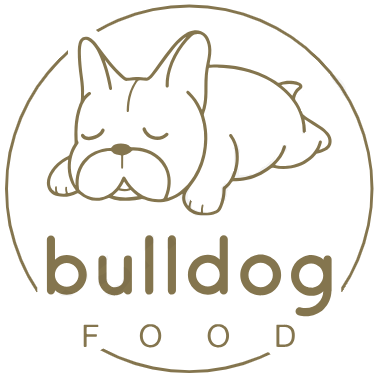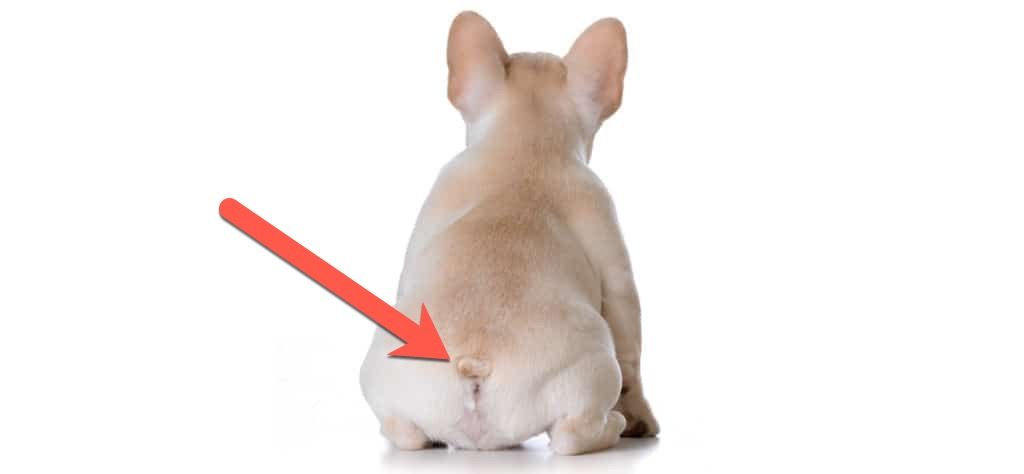French Bulldogs are a beloved breed known for their adorable squished faces, bat-like ears, and distinctive tails. But have you ever wondered why their tails look the way they do? This blog post will unravel the mystery of the French Bulldog tail, explaining the different types, common health issues, and how to care for them. Whether you’re a long-time Frenchie owner or considering bringing one into your home, read on to learn everything you need to know about their unique tails.
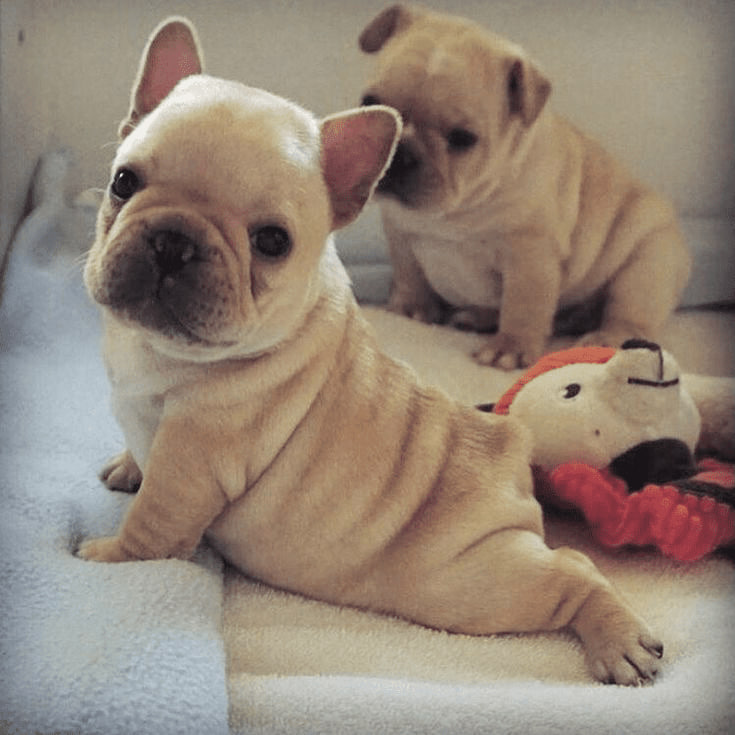
Characteristics of French Bulldog Tail
French Bulldog tails have unique characteristics that contribute to the breed’s distinctiveness. Let’s explore the details of the shape, size, and function of French Bulldog tails.
Shape and Size
French Bulldog tails are typically short and curly, sometimes described as “corkscrew-like”. The tail is relatively small compared to the overall body size, usually only a few centimeters long. This curled shape is a natural characteristic of the breed, not a result of human intervention.
Function of the Tail
Despite being short, French Bulldog tails still play an important role in communication and expressing emotions. They can wag their tails to show happiness or tuck them to indicate fear. However, due to their short and curly nature, their ability to use the tail for balance might be more limited compared to breeds with longer tails.

Comparison with Other Dog Breeds’ Tails
Compared to many other dog breeds, French Bulldog tails have quite unique characteristics. While breeds like Labradors or German Shepherds have long, straight tails, French Bulldogs have short, curly ones. This creates a distinct difference in their appearance and communication methods.
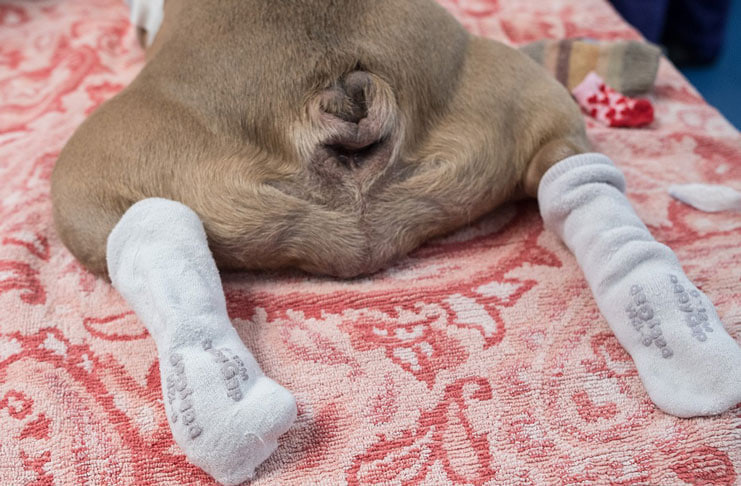
Tail Types of French Bulldogs
Screw Tail
The screw tail is perhaps the most iconic tail type for French Bulldogs. It’s tightly curled and sits snugly against the body.
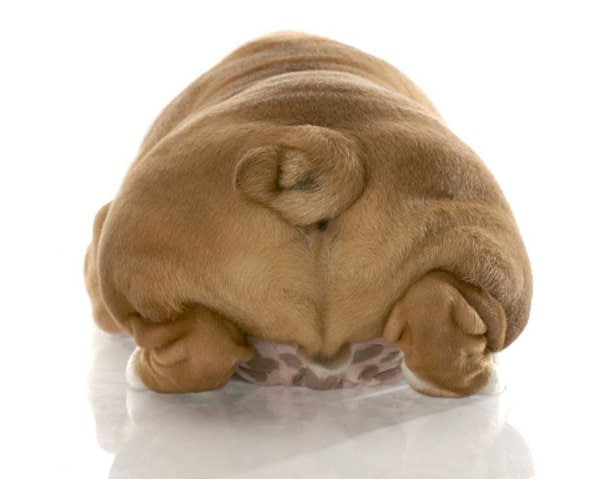
Description and Properties of Screw Tail
Screw tails are short, thick, and usually have a pronounced twist or curl. They are made up of fused vertebrae that create their tight spiral shape. This type of tail gives the French Bulldog its characteristic look and is often a desired trait among breeders.
Why Does the French Bulldog Have Such a Twisted Tail?
The screw tail is the result of generations of selective breeding. Breeders have aimed to enhance this unique trait to align with breed standards. However, while aesthetically pleasing, these tightly curled tails can sometimes lead to health issues that require vigilant care.
Straight Tail
While less common, some French Bulldogs have straight tails. These tails, while still short, lack the pronounced curl of the screw tail.

Straight Tail and Variations
A straight tail on a French Bulldog can range from perfectly straight to slightly curved. It’s less tightly coiled than the screw tail but still retains the breed’s characteristic short length.
Difference from Screw Tail
The primary difference between a straight tail and a screw tail is the level of curvature. Straight tails are easier to care for as they are less prone to trapping dirt and moisture, which can reduce the risk of infections.
Common Problems with the Frenchies Tails
Health Problems Related to the Tail
French Bulldogs are prone to several tail-related health issues. These can range from minor irritations to more serious infections.
Common Diseases Such as Infections
Due to the tight creases and folds around a screw tail, French Bulldogs can be susceptible to bacterial and yeast infections. These areas can trap moisture and debris, leading to redness, swelling, and discomfort.
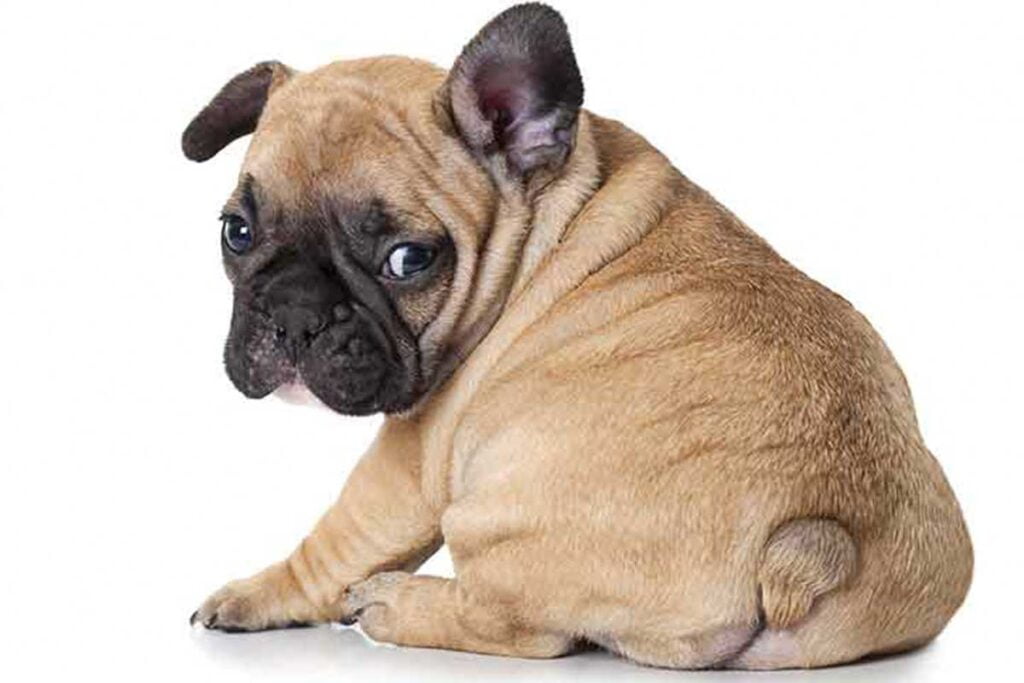
How to Prevent and Treat
Regular cleaning and inspection of the tail area can help prevent infections. Using a vet-recommended antibacterial wash can keep the tail clean. If an infection does occur, consult your vet for appropriate medication and treatment.
Pathology Related to Tail Development
The genetic makeup that gives French Bulldogs their unique tails can also cause developmental issues.
Cartilage and Bone Problems
Some French Bulldogs may experience issues with the cartilage and bone in their tails. These problems can include abnormal bone development or calcification, leading to discomfort and mobility issues.
How to Recognize and Handle
Watch for signs of pain, swelling, or unusual lumps around the tail. If you notice these symptoms, seek veterinary advice immediately. Early intervention can often prevent more serious issues.
French Bulldog Tail Care
Daily Care
Taking care of the French Bulldog tail is a crucial aspect of their overall health and happiness. Frenchies with tails, whether they are straight, screw-shaped, or slightly curved, require regular attention to prevent potential health issues. Here are some comprehensive steps to ensure your Frenchie’s tail stays healthy and comfortable.
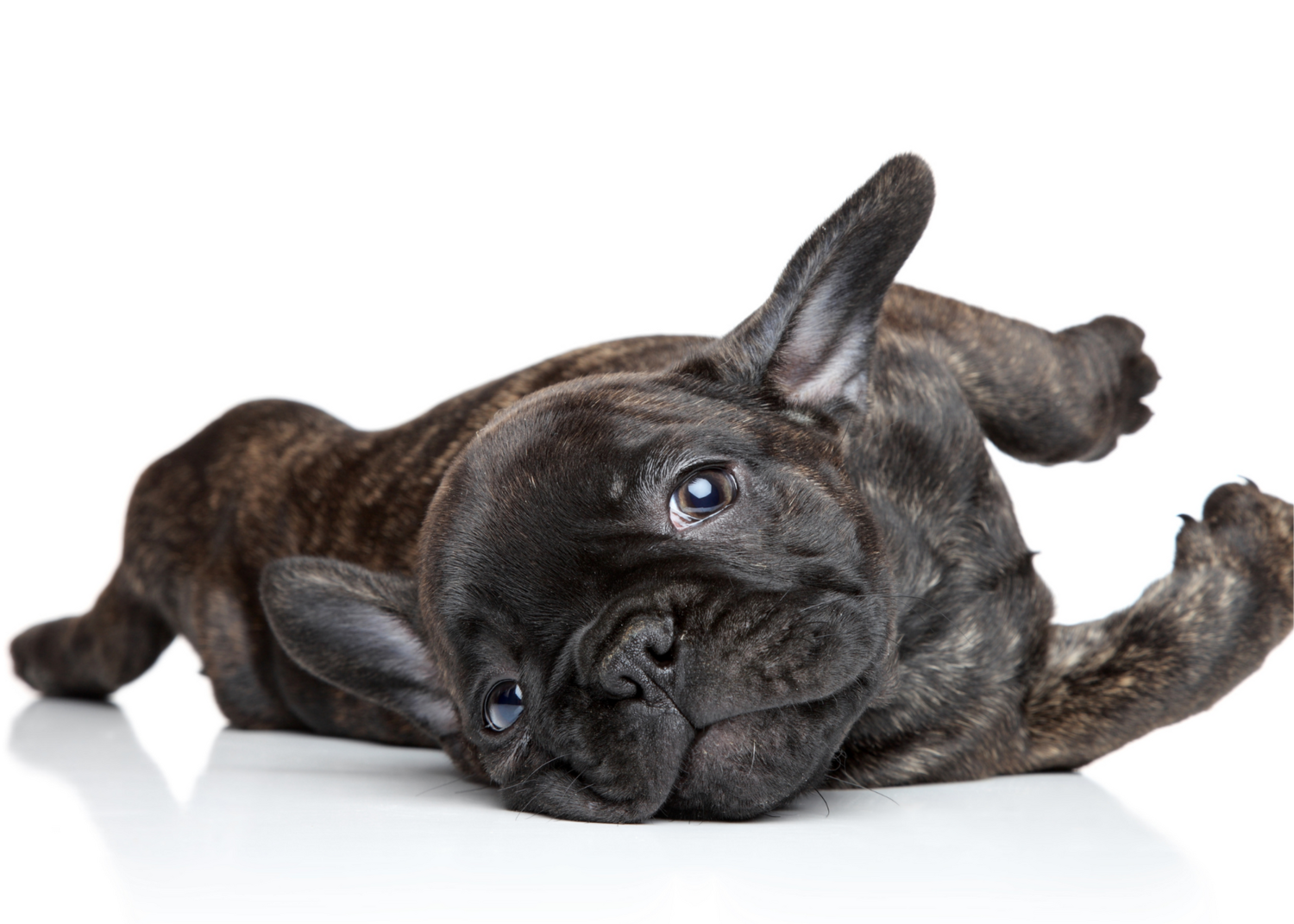
Clean and Stretch the Tail
Daily cleaning of your French Bulldog tail is essential to prevent the buildup of dirt, bacteria, and other debris. Gently wash the tail and the surrounding area with a mild, dog-safe cleanser. During the cleaning process, it’s beneficial to gently stretch the tail. This practice not only helps in maintaining flexibility but also ensures that you can spot any areas that might be prone to irritation or discomfort.
Check for Injuries or Unusual Signs
A critical part of French Bulldog tail care involves inspecting the tail regularly for any signs of injury or unusual symptoms. Look for cuts, abrasions, redness, swelling, or any discharge that could indicate an infection. Addressing these issues promptly can prevent them from escalating into more serious health problems.
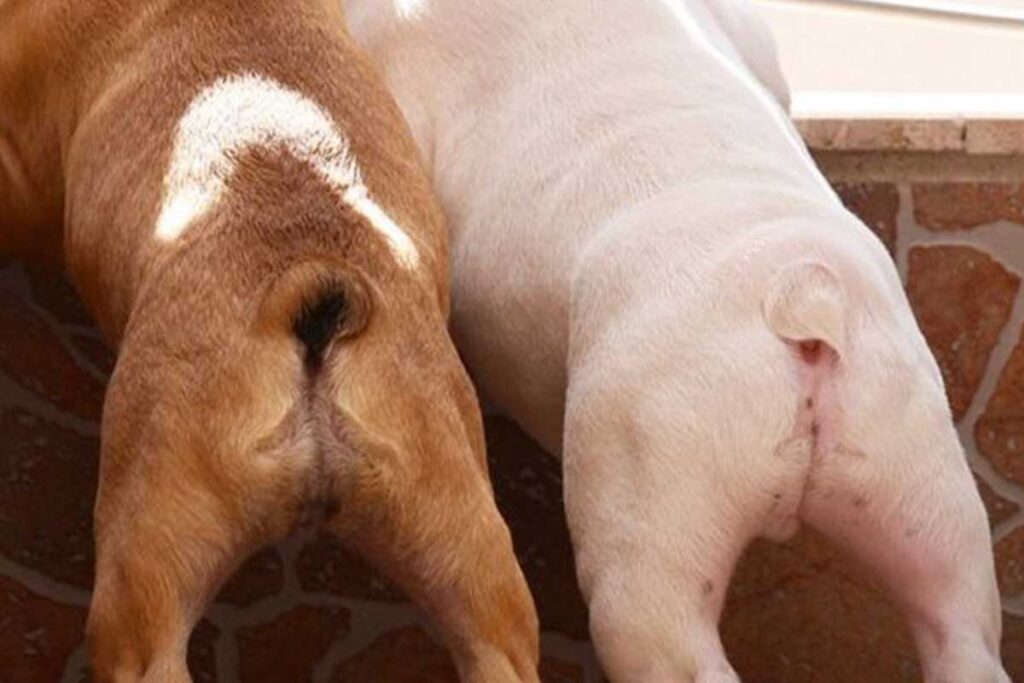
Clean and Apply Cream to the Tail
Maintaining the health of Frenchies’ tails also involves using the right products. After cleaning the tail, it’s important to dry it thoroughly to prevent moisture buildup, which can lead to infections. Applying a veterinarian-recommended cream can provide an additional layer of protection, helping to keep the skin and fur around the tail in excellent condition.
Products That Are Safe for Skin and Fur
When selecting products for your French Bulldog tail, opt for those specifically designed for dogs. Avoid harsh chemicals that could irritate the skin. Instead, choose products with antibacterial and antifungal properties to help keep the tail clean and healthy. These products can prevent infections and soothe any existing irritations, ensuring your Frenchie remains comfortable.
Essential Steps to Keep Your Tail Dry and Clean
After cleaning your Frenchie’s tail, make sure it is completely dry. Moisture trapped in the tail area can create an environment conducive to bacterial and fungal growth. Use a soft towel to dry the tail gently and consider using a vet-recommended powder to keep the area dry throughout the day. This additional step can be especially important for Frenchies with tails that are tightly curled or have deep folds, as these areas can trap moisture more easily.
What can Frenchies avoid eating to prevent issues with their tails?
To ensure optimal tail health for French Bulldogs, it’s essential to consider what can French Bulldogs eat. Avoiding certain foods and maintaining a balanced diet is crucial. Frenchies should avoid the following:
- Foods High in Allergens: Common allergens like dairy, wheat, and certain meats can cause skin irritations and infections around the tail area.
- Processed Foods: Foods with artificial additives, preservatives, and high levels of salt and sugar can lead to poor skin health and exacerbate tail problems.
- Fatty Foods: Excessive fatty foods can contribute to obesity, which can worsen tail-related health issues and overall mobility.
- Foods Toxic to Dogs: Avoid chocolate, onions, garlic, grapes, raisins, and certain nuts as they are toxic to dogs and can cause severe health issues.
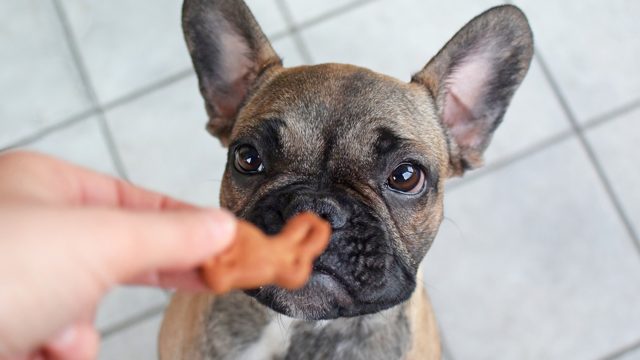
What can Frenchies avoid eating to prevent issues with their tails?
Controversies Over Tail Docking of French Bulldogs
Reason for Tail Cutting
The practice of tail docking in French Bulldogs, often referred to as French Bulldog tail docking, has long been a contentious issue among dog owners and breeders. Historically, tail docking was performed to prevent injuries, especially in working dogs. However, in modern times, the reasons for tail docking have shifted, focusing more on aesthetics and tradition rather than necessity.
Benefits and Disadvantages of Tail Docking
While proponents argue that tail docking can prevent specific health issues, such as tail injuries or infections, the practice is widely considered unnecessary and painful for the dog. Studies suggest that the potential health benefits do not outweigh the pain and distress caused by the procedure. Moreover, modern breeding practices now aim to produce Frenchies with tails that are naturally short, effectively rendering tail docking obsolete. Frenchies tails, whether straight or screw-shaped, can be healthy and functional without the need for docking.
Current Status and Views on Tail Docking
Legal and ethical considerations significantly influence the ongoing debate over French Bulldog tail docking. Many countries have implemented strict regulations against the practice, recognizing it as both cruel and unnecessary. Ethical breeders and veterinarians strongly advocate for natural tails and emphasize proper care to maintain tail health.
Legal Regulations and Ethical Considerations
Numerous countries, including those in Europe and Australia, have enacted stringent laws prohibiting tail docking, viewing it as an act of animal cruelty. These regulations are supported by veterinary organizations and animal welfare groups, which argue that the practice causes undue pain and suffering. Ethical breeders prefer to produce Frenchies with tails that are naturally short, aligning with modern standards of humane treatment and breeding practices.

Protests and Animal Protection Campaigns
Animal rights groups continue to campaign vigorously against tail docking, raising awareness about the cruelty involved and advocating for the enforcement of existing laws. These campaigns often highlight the natural beauty and functionality of French Bulldog tails, promoting the idea that Frenchies tails should remain untouched. Public opinion is gradually shifting towards the protection of animals from unnecessary surgical procedures, with increasing support for the complete ban of tail docking.
Conclusion and Advice
In conclusion, the French Bulldog tail is a distinctive feature that demands special care and attention. Whether your Frenchie sports a screw tail or a straight tail, understanding its specific needs and potential health concerns is essential for their overall well-being.
Regular cleaning, appropriate grooming, and monitoring for any signs of discomfort or infection can help keep your French Bulldog tail healthy and content. If you’re thinking of bringing a French Bulldog into your home or already have one, remember that their unique tails contribute significantly to their charm and personality.
For personalized advice on caring for your French Bulldog tail, consider consulting a veterinarian. They can offer tailored recommendations and products to ensure your Frenchie’s tail remains in top condition. Embrace the delightful quirks and lovable nature of your French Bulldog, knowing you’re fully equipped to care for every inch of them, including their adorable tails.

At bestfoodforfrenchbulldog.net, Frenchie Feast Co is dedicated to providing the best information and advice on nutrition and food for French Bulldogs. We understand that every dog has unique nutritional needs, especially breeds like the French Bulldog. Therefore, we continually research and seek out optimal nutritional solutions.
CEO Lincoln Martin is not only the founder of BestDogFoodForDachshunds.net but also a proud Dachshund parent. With a deep understanding of the unique dietary needs of Dachshunds, Lincoln Martin is committed to helping fellow dog owners make informed decisions about their pets’ nutrition.
Driven by a love for animals and a desire to share valuable insights, our team works tirelessly to research and curate the most reliable and up-to-date information on dog food, health, and care. From reviewing the latest products to offering practical tips and advice, we strive to be your trusted source for everything Dachshund-related.
Whether you’re a new Dachshund owner or a seasoned enthusiast, you can trust the expertise and dedication of the team at BestDogFoodForDachshunds.net to support you on your journey of providing the best care for your furry friend.
